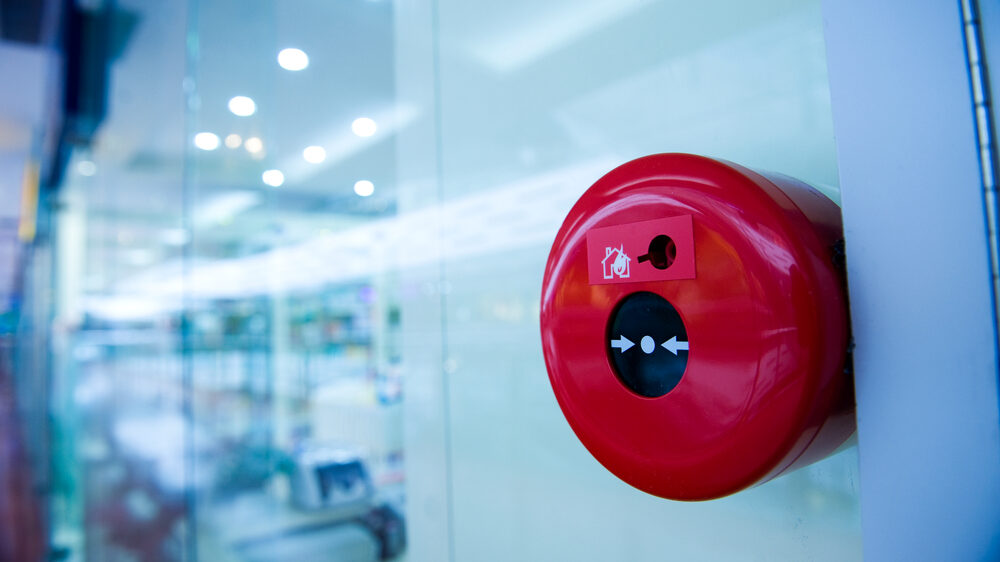Hochiki offers advice on false fire alarm prevention
- January 10, 2023
- 9:48 am


Iain Hoey
Share this content
Hochiki Europe has released a guide to for improving fire detection performance for building owners, responsible persons and facilities management teams to help prevent against false alarms.
The responsible person for a commercial building, including shared areas in houses in multiple occupation (HMOs), blocks of flats and maisonettes, is required by law to ensure the equipment and procedures are in place to detect, alert and notify all occupants of the building to act in the event of a fire.
This is necessary to ensure that any outbreak of fire is easily detectable so that those inside the building are alerted as soon as possible to evacuate and that the fire brigade have the required time and information to stop the fire from spreading. Insurance policies for commercial properties may be invalid if it becomes evident that the fire detection and alarm system on the premises was inadequate.
Hochiki Europe has released some of the considerations building owners, responsible persons and facilities management teams might want to consider when it comes to false alarms and how the compliant installation, and maintenance of a fire detection system can help prevent them.
The guidance from Hochiki covers the installation stage, with advice on building use, cable routes, air conditioning, air ducts, vandalism and specialist extraction. It also covers ongoing maintenance including cleaning and guidance for renovated buildings
Hochiki Europe says “To avoid false alarms and deal with any occurrences efficiently and safely, building owners or facility managers must ensure that the businesses or tenants using the building either temporarily or on a more permanent basis should be given detailed up-to-date information on fire escape routes and the locations of firefighting equipment.”
It also said that businesses and tenants should be educated about the fire alarm system and activities to be avoided, such as smoking or vaping in the building, keeping areas clean, being aware of sensors outside kitchen and bathroom doors, as well as the serious implications of tampering with the system or its devices which could lead to false alarms or even worse, no alarms given at the outbreak of a real fire.
The full guide can be found here.



